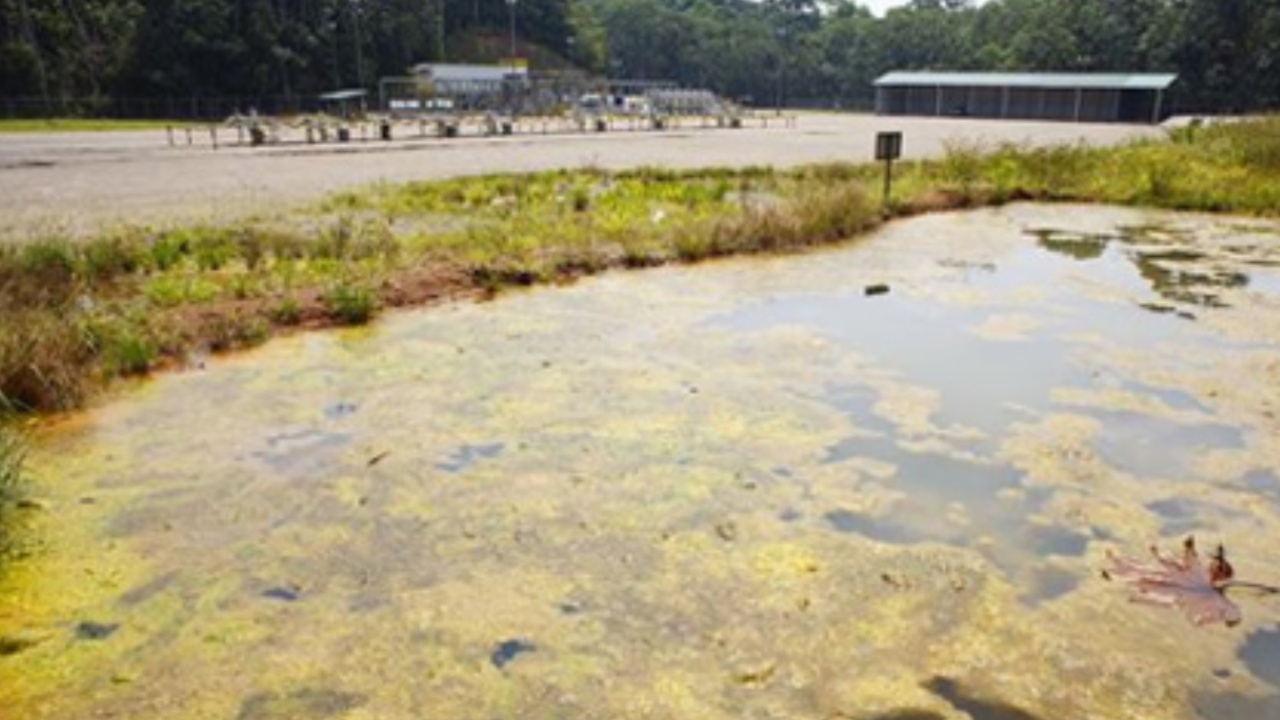History of Bioremediation

Bioremediation has only recently gotten some traction in the media.
More and more publications have begun publishing pieces discussing bioremediation. This may have given the general public the sense that bioremediation is a new process. In fact, this process was discovered decades ago. In this article, we will look at the history of bioremediation.
The discovery of Bioremediation
It may come as a surprise to many but bioremediation was discovered back in the 1960s. A petroleum engineer called George M. Robinson began experimenting with microbes. Using the most rudimentary equipment, Robinson introduced microbes to jars containing pollutants. Robinson observed that certain types of bacteria were effective at breaking down pollutants. These findings were shared with the scientific community, and it was quickly agreed upon that the process of bioremediation could be used to clean up various types of oil, fuel and pollutants.
Development of Bioremediation
In the years following, bioremediation continued to develop and change. The process improved, and today bioremediation is one of the most effective methods of removing fuel and soil. Bioremediation is generally broken down into two parts.
In Situ vs Ex Situ
Some of the terminology surrounding bioremediation is In Situ and Ex Situ. These terms refer to where the actual bioremediation process takes place. In situ bioremediation refers to when polluted soil is treated in its original site, e.g. the ground is treated where the oil spill happened. This is usually the preferred option as it requires less labour, less time and fewer resources to complete the bioremediation. However, this does mean that the soil needs to be continually monitored to ensure contaminants are completely removed.
Ex Situ bioremediation is when bioremediation needs to be completed away from the actual spill site. There can be many reasons why ex-situ treatment is necessary. The environmental conditions at the spill site may not be favourable to microbes. Also, the spread and depth of the spill may mean that the bioremediation treatment needs to be continually monitored.
If you’ve noticed an oil spill on your property, please call our offices today to see how bioremediation can help.

Spilltech Environmental
Welcome to Spilltech Environmental Ltd, your premier destination for cutting-edge oil spill cleanup services in Ireland. With our headquarters based in Monaghan, we pride ourselves on being pioneers in the industry, offering unparalleled expertise and innovative solutions for handling oil spillages of any scale.

